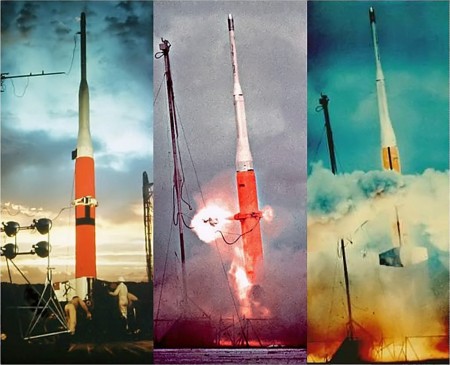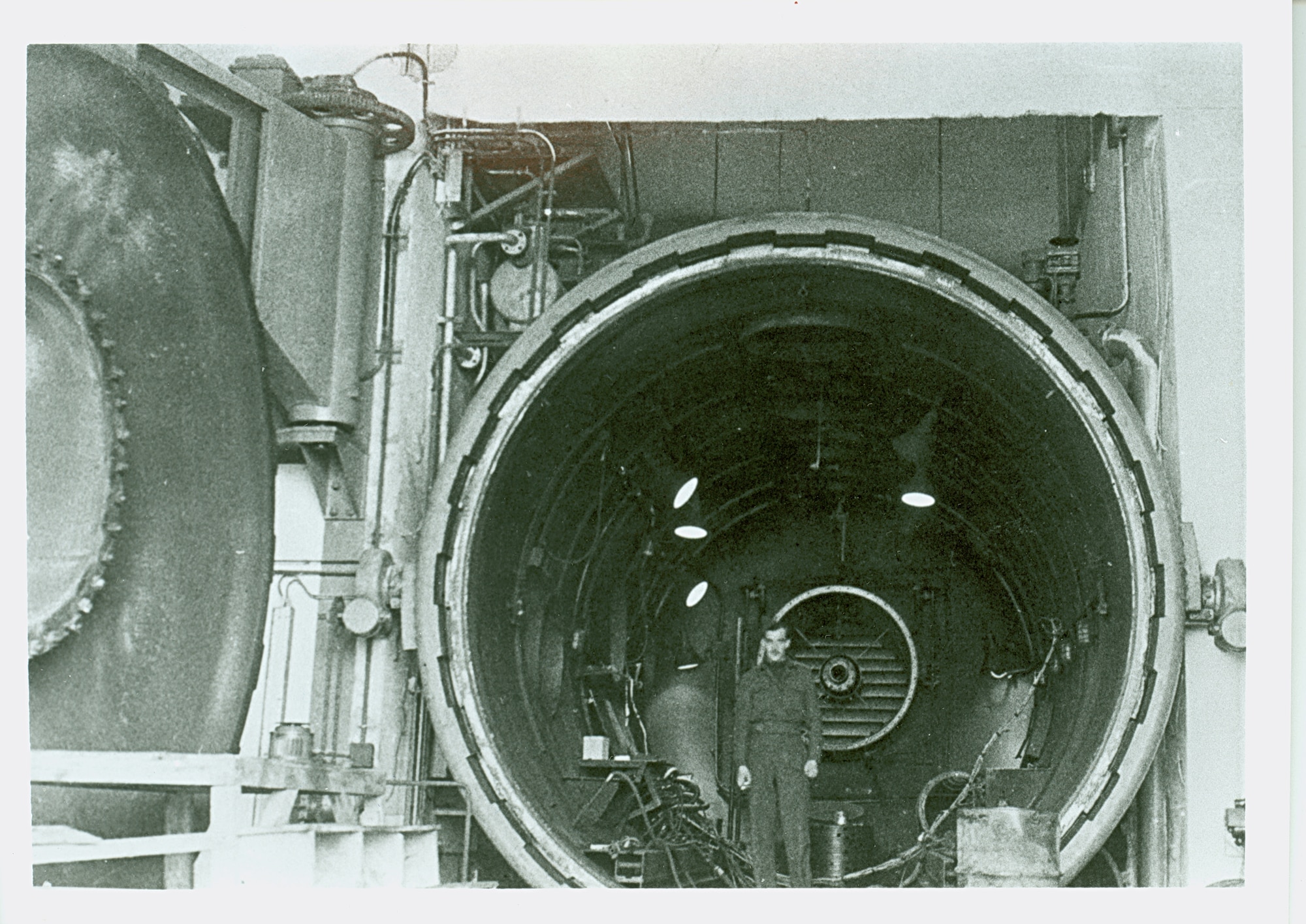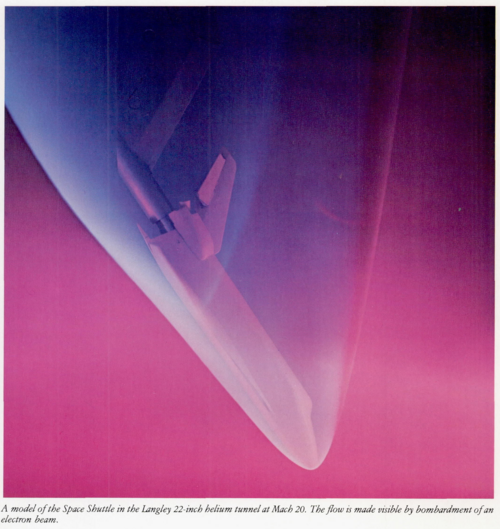You are using an out of date browser. It may not display this or other websites correctly.
You should upgrade or use an alternative browser.
You should upgrade or use an alternative browser.
Wind tunnels operating at Mach 20 ?
- Thread starter edwest4
- Start date
everphilski
ACCESS: Restricted
- Joined
- 22 August 2023
- Messages
- 1
- Reaction score
- 0
AEDC Tunnel 9 (blowdown) can operate up to Mach 18, but that is a new capability. CUBRC's shock tunnels can operate there as well and have been around for a long time.
- Joined
- 6 August 2007
- Messages
- 3,012
- Reaction score
- 2,315
I'm looking for information about early ICBM and rocket testing wind tunnels operating around Mach 20.
TIA
First, look into the work of H. Julian Allen
Second,

Landmark Reentry Heating Flight Test - White Eagle Aerospace
Fifty-seven years ago this week, the triple-staged USAF/Lockheed X-17 successfully flew its first aerodynamic heating research mission. The hemispheric reentry test article achieved a peak Mach number of 12.84 during the high temperature flight experiment. In the early 1950’s, the United States...
For Mach numbers above 5 during the period you are interested in they had to flight test as far as I am aware.
OliverSedlacek
ACCESS: Confidential
- Joined
- 31 March 2022
- Messages
- 93
- Reaction score
- 103
The space shuttle wasn't wind tunnel tested at hypersonic speeds even in the 1970s.
A friend of mine did wind tunnel testing for space re entry with tiny models in the 90 th, not sure about the Mach number but it was shurly very high. The model was only about 5 mm large, and the wind tunnel was just a small tube. The advantage of supersonic flow is, that you dont need a large cross section compared to the model size, so that the whole wind channel can be extremly small.
I remember someone putting a die cast USS Enterprise toy in one…saying it avoided shock/shock interactions .
Capsules
Capsules
Last edited:
OliverSedlacek
ACCESS: Confidential
- Joined
- 31 March 2022
- Messages
- 93
- Reaction score
- 103
Interesting, do you know when that was from?
I think that picture is from 1975, but similar was done in 1974:Interesting, do you know when that was from?
Larger version of picture available hereData obtained during a wind tunnel test of an 0.004-scale 140A/B configuration SSV Orbiter are reported. The test was conducted at a nominal Mach number of 20 and at Reynolds numbers of 0.7, 1.1, 2.0, and 4 x 10 to the 6th power per foot. The complete 140A/B model was tested with various elevon settings and additionally in wing off/bodyflap off configurations at angles of attack from 18 to 54 degrees at zero yaw. This test was performed to obtain high hypersonic longitudinal and lateral-directional stability and control characteristics of the SSV configuration.
@Dew Now that I read you text, I remember that my friend also did those tests also for proving the stability for different geometries during reentry into the atmosphere. All his models were circular and looked to me like the classic Apollo mission spaceship geometry. Ony the underside was modeled for these tests and held in different angles in the stream, with a long longitudinal lance holding it in position. The whole test lasted only fractions of a second.
Hanz2k
The truth is grey...
- Joined
- 17 February 2012
- Messages
- 120
- Reaction score
- 155
Well, looks like it’s almost like in Ice Station Zebra:
“ The Russians put our camera made by our German scientists and your film made by your German scientists into their satellite made by their German scientists.”

“ The Russians put our camera made by our German scientists and your film made by your German scientists into their satellite made by their German scientists.”

The history behind German wind tunnels at AEDC
The story of the German wind tunnels at AEDC begins in July 1944 somewhere in the air over Germany. That is when our Air Force bomber pilots first encountered high speed German aircraft flying without
www.arnold.af.mil
Similar threads
-
HIGH speed civil Tilt Rotor wind tunnel project (HIGHTRIP)
- Started by hesham
- Replies: 6
-
University of Virginia Students to Unveil Hypersonic Engine This Monday
- Started by bobbymike
- Replies: 1
-
-
Interceptor and missile models in Langley's wind tunnel
- Started by vulture
- Replies: 1
-
Lockheed Polaris Missile 1958 Wind Tunnel Tests
- Started by Michel Van
- Replies: 0

